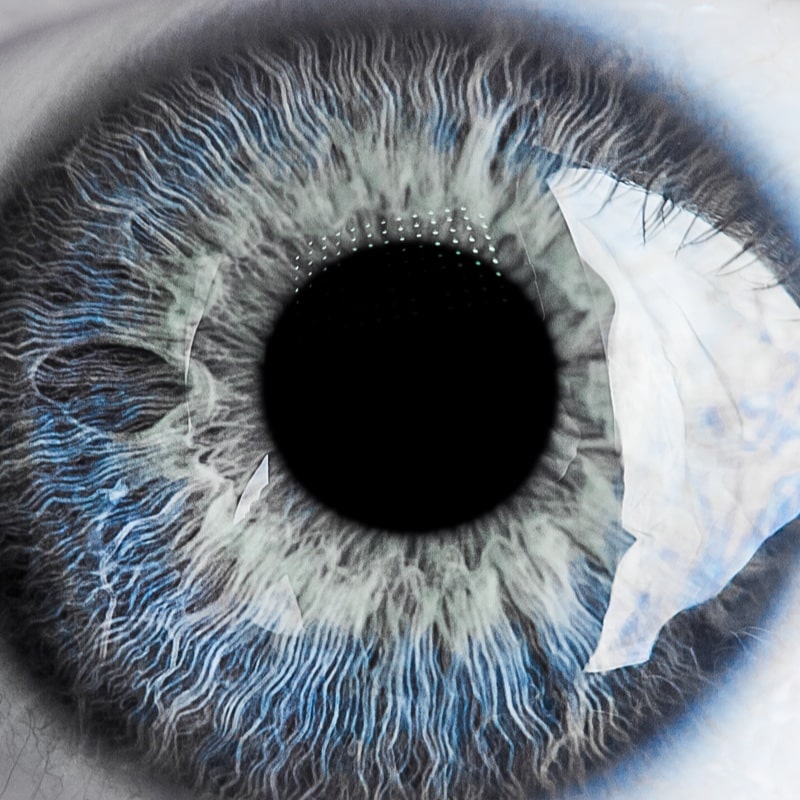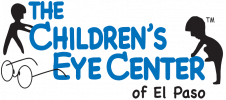Photophobia Treatment at The Children's Eye Center
Understanding Photophobia
The Children’s Eye Center specializes in diagnosing and treating photophobia, a condition characterized by extreme sensitivity to light. Photophobia can result from various causes, including neurological conditions and issues related to the optic nerve. Patients often experience symptoms such as eye pain, dry eyes, and a general sensitivity to bright light. Understanding the underlying causes and symptoms of photophobia is crucial for effective treatment and management.
Photophobia, also known as light sensitivity, often manifests as an intolerance to bright light, which can lead to discomfort and even severe pain. This sensitivity is not only triggered by natural sunlight but also by artificial light sources, including fluorescent lighting and the blue light emitted from screens.
Common Symptoms and Causes
Photophobia is a common symptom of various medical conditions. Migraines are one of the most well-known triggers, with many sufferers experiencing photophobia as a precursor or accompaniment to their headaches. Additionally, dry eyes and certain neurological conditions can exacerbate sensitivity to light. Some of the most prevalent symptoms include:
- Sensitivity to light: Difficulty in being in brightly lit environments.
- Eye pain: Discomfort or pain in the eyes when exposed to light.
- Dry eyes: A sensation of dryness and irritation.
- Headaches: Light-induced headaches or migraines.
- Visual disturbances: Blurred vision or seeing halos around lights.
Children may express their discomfort differently, often squinting, closing their eyes frequently, or complaining of headaches. Identifying these symptoms early can lead to more effective management.

Causes of Photophobia
Photophobia can arise from a variety of causes, many of which involve the optic nerve and its response to light. Some common causes include:
- Neurological conditions: Conditions such as meningitis, encephalitis, and multiple sclerosis.
- Ocular conditions: Dry eyes, uveitis, and corneal abrasions.
- Infections: Viral or bacterial infections affecting the eyes or brain.
- Genetic predisposition: Some individuals may be genetically more sensitive to light. photophobia treatment

Managing Photophobia
Effective management of photophobia requires a comprehensive approach. At The Children’s Eye Center, we provide patients with tools and strategies to cope with light sensitivity in their daily lives. This includes advice on limiting exposure to bright light, using protective eyewear, and implementing lifestyle changes to reduce symptoms.
Identifying and Avoiding Triggers
Identifying common triggers of photophobia is key to prevention. These can include:
- Prolonged exposure to screens and blue light
- Harsh lighting environments, such as fluorescent lights
- Stress and fatigue
- Certain foods and drinks that may trigger migraines
By understanding these triggers, patients can take proactive steps to minimize their impact. We educate families on how to create a more photophobia-friendly environment at home and school.
Diagnostic Approach
At The Children’s Eye Center, we employ a comprehensive diagnostic approach to determine the underlying cause of photophobia. This begins with a detailed patient history and a thorough eye examination. We perform a physical examination to assess the overall health of the eyes and the optic nerve.
Assessing the Trigeminal Nerve
An important aspect of our diagnostic process is evaluating the trigeminal nerve, which can influence photophobia. This nerve, responsible for transmitting sensory information from the face to the brain, can become hypersensitive in certain conditions, leading to increased light sensitivity.
Wavelength of Light and Photophobia
Our specialists also investigate how different wavelengths of light affect the patient. This involves exposing the patient to various types of light and measuring their reactions. Understanding which wavelengths trigger symptoms can help in customizing treatment plans.
Treatment Options
Treatment for photophobia at The Children’s Eye Center includes a variety of approaches tailored to each individual’s needs. Effective treatment often requires a combination of methods to reduce light sensitivity and manage associated symptoms.
Tinted Lenses
One of the most effective treatments for photophobia is the use of tinted lenses. These lenses can filter out specific wavelengths of light that trigger symptoms. For instance, FL-41 tinted lenses are known to help reduce light sensitivity, especially in patients who suffer from migraines.
Blue Light Filters
Given the pervasive use of digital devices, managing exposure to blue light is crucial. We recommend specialized glasses that filter out harmful blue light, helping to reduce eye strain and discomfort. These glasses are particularly beneficial for children who spend significant time on screens for schoolwork or entertainment.
Medications and Eye Drops
In some cases, medications may be necessary to manage underlying conditions that contribute to photophobia. For example, anti-inflammatory drugs can help reduce inflammation in the eyes, while specific eye drops can alleviate dry eyes and provide relief from irritation.
Lifestyle Adjustments
Managing photophobia often involves making changes to one’s environment and habits. We advise patients on how to modify their surroundings to reduce light exposure, such as using dimmer switches, wearing wide-brimmed hats outdoors, and taking regular breaks from screens. These lifestyle adjustments can significantly alleviate symptoms and improve quality of life.
Support and Education
We believe that education is a crucial part of managing photophobia. We provide resources and support to help patients and their families understand the condition and its management. This includes information on the latest treatments, coping strategies, and ways to improve overall eye health.
Specialized Care for Children
The Children’s Eye Center is dedicated to providing comprehensive care for children experiencing photophobia. Our team of specialists is skilled in addressing the unique needs of young patients, ensuring they receive the best possible care. We understand that children may have difficulty expressing their discomfort, so we use child-friendly methods to diagnose and treat photophobia.
Customized Treatment Plans
Every child is unique, and so is their experience with photophobia. We create customized treatment plans that take into account the child’s specific symptoms, triggers, and lifestyle. Our goal is to help each child manage their photophobia effectively, allowing them to participate fully in school and recreational activities.
Ongoing Monitoring and Support
Photophobia can be a chronic condition, requiring ongoing monitoring and support. We schedule regular follow-up appointments to track the child’s progress and make any necessary adjustments to their treatment plan. Our team is always available to answer questions and provide guidance, ensuring continuous care and support.
Comprehensive Eye Care Services
In addition to photophobia treatment, The Children’s Eye Center provides a wide range of eye care services. From routine eye exams to treatment of complex conditions, our team is equipped to handle all aspects of your child’s eye health. We believe in a holistic approach to eye care, addressing both the immediate symptoms and the underlying causes of eye conditions.
Contact Us
If your child is experiencing symptoms of photophobia, such as sensitivity to light, dry eyes, or eye pain, contact The Children’s Eye Center today, and follow us on social media. Our experienced team is here to help diagnose and treat photophobia, providing relief and improving quality of life. We are committed to offering the highest standard of care for our young patients, helping them navigate the challenges of photophobia with confidence and comfort.
Making an Appointment
Scheduling an appointment with our specialists is the first step towards managing your child’s photophobia. We offer flexible scheduling options to accommodate busy family routines. During the initial consultation, we will conduct a thorough assessment and begin developing a personalized treatment plan.
